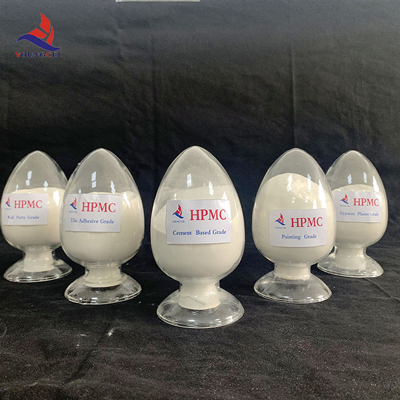Understanding Cellulose and HPMC Key Players in Modern Industry
Cellulose is one of the most abundant organic polymers on Earth, primarily found in the cell walls of plants. It serves as a structural component, providing plants with rigidity and strength. With the growing demand for sustainable and biodegradable materials, cellulose has gained significant attention in various industries, including pharmaceuticals, food, cosmetics, and textiles.
Understanding Cellulose and HPMC Key Players in Modern Industry
In food processing, HPMC acts as a thickening and emulsifying agent. It enhances the texture and stability of various food products such as sauces, dressings, and dairy items. HPMC's ability to retain moisture also extends the shelf life of food items, making it an invaluable ingredient for the food industry. Moreover, its use in gluten-free products as a binder helps improve the texture and chewiness, catering to the growing market of health-conscious consumers.
cellulos hpmc

In the realm of cosmetics and personal care products, HPMC is included in formulations for its emulsifying properties, helping to blend ingredients that typically do not mix well. This results in stable creams, lotions, and gels with a smooth application texture. Additionally, HPMC is often used as a film former in cosmetic products, providing a protective barrier on the skin and enhancing product longevity.
One of the most interesting aspects of HPMC is its role in the construction industry. As a water-retaining agent in building materials, HPMC improves workability and extends the open time of cement-based products. This is especially crucial in the preparation of mortars and plasters, ensuring that contractors have ample time to work with the product before it sets.
Despite HPMC's extensive uses, its production must be carried out responsibly to minimize environmental impact. The sustainable sourcing of cellulose, ensuring efficient processes during HPMC manufacturing, and promoting recycling are vital considerations for industries that rely on this material. The focus on sustainability not only addresses environmental concerns but also aligns with the preferences of modern consumers who are increasingly aware of their ecological footprint.
In conclusion, cellulose and its derivative, HPMC, have established themselves as crucial components across various sectors. Their multifunctionality, coupled with the drive toward sustainability, places them at the forefront of modern innovations. As research continues and new applications are discovered, the relevance of cellulose and HPMC will likely grow, highlighting their significance in our quest for sustainable materials and efficient products. Embracing these natural polymers could very well lead to advancements that benefit both industry and environment in the years to come.
-
Rdp Powder: Key Considerations for Wholesalers in the Building Materials IndustryNewsJul.08,2025
-
Key Considerations for Wholesalers: Navigating the World of Hpmc - Based ProductsNewsJul.08,2025
-
Hpmc Detergent: Key Considerations for WholesalersNewsJul.08,2025
-
Key Considerations for Wholesalers: China Hpmc For Tile Adhesive, Coating Additives, Concrete Additives, and MoreNewsJul.08,2025
-
Crucial Considerations for Wholesalers: Navigating the World of Construction MaterialsNewsJul.08,2025
-
Key Considerations for Wholesalers Sourcing Additive For Cement, Additive For Concrete, Additive For Putty from Additive Manufacturer Shijiazhuang Gaocheng District Yongfeng Cellulose Co., Ltd.NewsJul.08,2025




